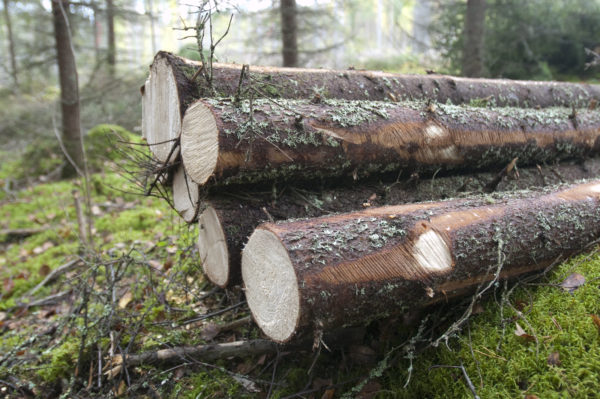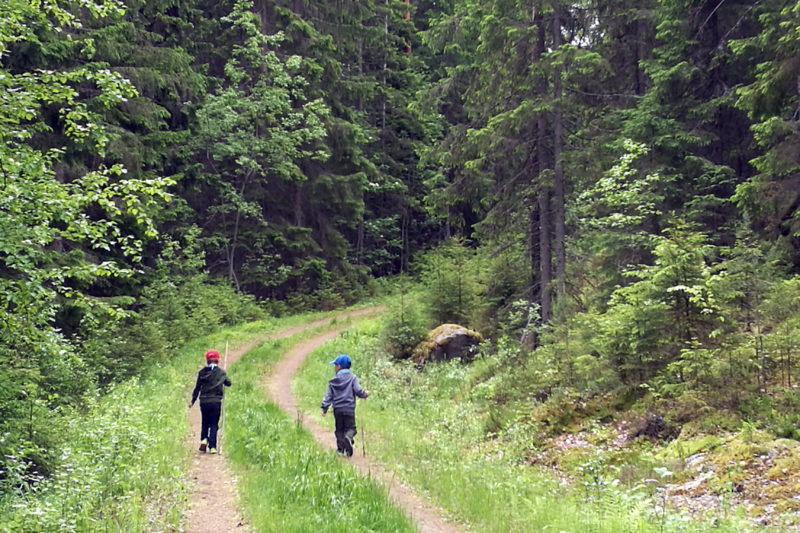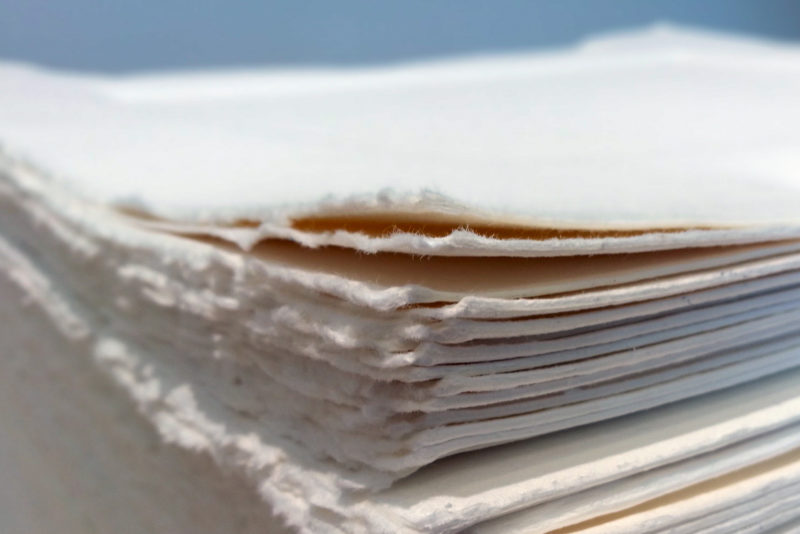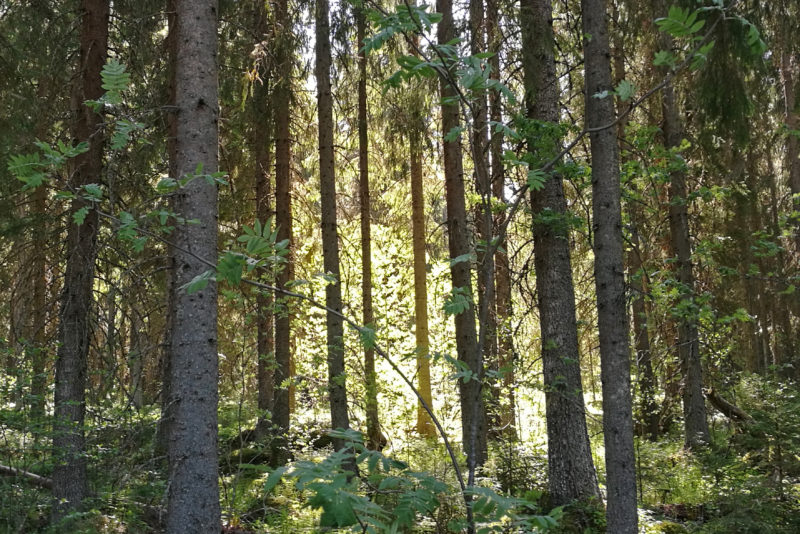8 claims on Nordic forestry – as to biodiversity and climate change mitigation, forest use passes the test

Forest management and use always affect forest biodiversity and ability to sequestrate carbon. These effects raise strong discussion and sharp attitudes especially as to forest-rich Nordic countries. We listed a number of claims and standpoints about Nordic forestry and asked Pekka Kauppi, Professor Emeritus of Environmental Sciences at the University of Helsinki, who has followed forest branch for a long time, to evaluate them.
CLAIM 1: The rate of protection in the Nordic countries is slow, compared to the rapid rate of logging. Virtually all unprotected natural forests will soon be lost.
The area of protected forest land has increased many times over in the Nordic countries since the 1970’s.
‘In Finland, for instance, the area has more than tripled,’ says Pekka Kauppi.
In the Nordic countries, when a forest area is protected, the protection is usually not removed later. This means that the rate of protection increases constantly.
In 2018 the research journal Diversity and Distributions published the article Where are Europe’s last primary forests?. According to this article, it is practically groundless to say that unprotected natural forests will be lost, because Sweden has strictly protected 97.7 percent of its natural forests, and Finland 98.9 percent. These figures included not only forests that have never been harvested, but also forests that have not been touched in 60–80 years.
It is complicated to compare the increases in logging and protection. The logging rate in cubic metres has increased 1,5 times since the beginning of 1970s, but, mainly due to sustainable forestry methods, the increase in forest growth has doubled.
On the other hand, if instead of cubic metres we look at the area of regeneration fellings, which may be more relevant for nature values, the figure has remained more or less the same since the beginning of 1970s. In Finland, for instance, the area of regeneration fellings on the average has been 0.6% of the area of commercial forests.

CLAIM 2: The European Union aims at climate neutrality in 2050. This cannot be achieved without prioritizing the protection of ecosystems.
Nordic forestry has shown that forest can be a significant carbon sink, if they are managed sustainably. In Finland, for example, timber stock has increased from 1.500 million cubic metres by close to 70 percent, 1.000 million cubic metres from the beginning of 1970s and is still increasing. During the same time, due to productive forestry and industry, a total of 3.700 million cubic metres have been harvevested. In Sweden the figures are alike.
This carbon sequestration simultaneosly produces renewable raw materials, tax revenues, employment and welfare. On the other hand, the more we protect forest resources, the more we must rely on non-renewables, such as fossil-based energy and plastics and metals.
This claim is also often formulated as follows: the only way for the Nordic countries to limit their net greenhouse gas emissions in due time is to increase the carbon sinks in their forests. This should be done by setting limits for loggings.
At first glance, this looks rational. However, according to a research published by Forest Policy and Economics, because the demand for wood-based products is global, this would only increase loggings elsewhere. In all, 80 percent of loggings would be moved, mainly to Asia, the Russian Federation and Latin America, where the use of wood in forestry may be less resource-efficient. Thus, the benefit for the climate would be close to zero.
The goal should be the opposite, in fact. ‘Europe, with world-leading technologies at its disposal, must assist unforested regions, such as northern Africa, to obtain the necessary wood-based products needed to decrease their dependence on fossils as well,’ says Kauppi.
CLAIM 3: Clearcutting does not represent sustainable forestry. The climate crisis has to be solved faster than the clearcutted trees grow back.
Although it takes 60–100 years for a tree to grow “adult”, carbon dioxide molecule has not to wait to be sequestrated into a tree growing on the very same place as the logged one. It also is not very reasonable to evaluate the carbon balance of forest on the level of one tree or not even one logging area.
As to the climate, it is more relevant that the carbon storage in Nordic forests has, mainly due to sustainable, clearcut-based forestry, increased by more than half since the beginning of 1970s and continues to increase.
’The areas clearcut in the 1960’s are now fully stocked and will soon be mature for a new regeneration harvest,’ says Kauppi.
CLAIM 4: Biofuels, paper and cardboard lead to carbon dioxide emissions.
Biofuels, paper and cardboard are made of renewable raw materials. They are thus part of nature’s carbon flow. Unlike fossil carbon, which enhances the climate change in the atmosphere, they do not increase the amount of carbon in this flow.
In the Nordic countries, forest-based biofuels are only produced from sidestreams of the forest branch, with minor exceptions, such as wood used as household fuel. These sidestreams would create equal carbon emission into the atmosphere whether or not they were used as fuel. If we did not use them as fuel, their energy should be procured otherwise, from fossil raw materials, for instance.
Sidestreams are created in wood construction, for example, which is widely accepted, because wood constructions are long-time carbon storages. Wood products used in construction, such as boards and planks, are produced in sawmills from large-diameter stout timber. For trees to grow stout they must be given space in the forest by felling a certain amount of small-diameter trees.
Pulp, paper and cardboard are made of these small-diameter trees. Another raw material for them are the outer parts of the stout timber, left over when the round tree is sawn into angular boards and planks at the sawmill.

CLAIM 5: Reduced biodiversity leads to reduced resilience to climate change.
This is true. But if this is told to concern Nordic forestry, it includes a statement that forest biodiversity in the Nordic countries is declining.
Research does not prove this unambiguously. Instead, we are gaining more old-growth forest, large trees, broadleaved trees and deadwood. Not all forest is harvested simultaneously. There are always forests of all ages and stages of development.
‘The populations of Nordic megafauna, such as elk, deer, forest reindeer, lynx, beaver, bear and wolf, have grown significantly since the 1970’s,’ says Kauppi. He says that populations of forest birds have been much more stable than the Nordic populations of bird species dependent on agricultural lands or waterways.
For the forest branch, forest deterioration would be an unacceptable development, because biodiversity is the basis of the welfare and growth of forests and without it the branch would not be able to use the forests in the future.
Forest biodiversity work can be divided into two types: protection of forest areas and nature management of commercial forests. Both types are essential.
Nature management consists of many established, renewing and innovative means to protect forest biodiversity in commercial forests, such as artificial snags. Also, its effect is very extensive, because it is carried on in all commercial forests, that is, by far the greatest part of forests.
Nature protection, on the other hand, is a necessary tool to protect certain species and habitats that cannot survive in commercial forests.
CLAIM 6: Nordic commercial forests are tree agriculture – the ground is harrowed and the most common regeneration method is to plant pre-grown seedlings. Each forest stand includes only one tree species of one age.
Saying that Nordic forestry resembles agriculture is like comparing apples and oranges.
When establishing an agricultural field, you first remove all vegetation, while in forestry only a share of the trees is removed. You also remove the humus and substitute it with another humus, which is never done in forestry. You grow just one single species and systematically remove or poison all others, while in forestry all other species are left to grow.
And finally, in agriculture, you harvest all vegetation at least once a year, while in forestry, only some of the trees are harvested, perhaps 2–3 times in a century.
Some of the Nordic forests are indeed planted, but almost equal shares are regenerated either by sowing or naturally. Plants and seeds are local as to their origin because they will grow fastest.
A significant number of trees in all Nordic forests are born naturally. According to the Finnish National Forest Inventory (NFI), as much as over 80 percent of all trees have sprung up naturally, whether measured in cubic metres or by the number of trees.
In Finland, 20 percent of regenerated areas are harrowed to a maximum depth of 25 centimetres. Site preparation is most often done with the much gentler mounding methods. In Finland, the share of mounding, for example, has grown from 20 to 70 percent in the 2000’s.
Soil preparation supports forest growth and carbon sinks. It improves the water supply for the seedling, decreases insect damage, and creates warmer place to grow.
Nordic forests consist of many tree species. The Swedish National Forest Inventory shows that in southern Sweden, mixed forests are more common than forests with a single species. An analysis forest owners’ cooperative Södra shows that only about 20 percent of the members’ forests were dominated by a single tree species. Most of the estates were made up of forests with mixed species.
In Finland, according to NFI, the share of mixed forests is 32 percent. This is easily seen in the autumn, when the leaves of various deciduous species turn yellow, red, or brown in the landscape.
CLAIM 7: The overall age of Nordic forests is decreasing.
According to Kauppi, in the long run, that is, centuries, the age distribution of Nordic forests has been close to a steady state. The average age has increased due to protection of exceptionally old forest stands.
According to statistics, the average age of Nordic forests is rather increasing and will increase over the next few decades if conservation and set-aside areas are included.
As regards commercial forests in Sweden, according to the Swedish National Forest Inventory, the average age of regeneration logging sites has not fallen in most forests.
In southern Finland, according to the NFI, commercial forests have been increasing in age for decades and will increase in the future as well. In the north of Finland the forests have always been very old.
According to Kauppi, it is not a good objective that forests were getting always older and older. ‘Being natural, a future Nordic forest must consist of a mixture of young and old trees,’ says Kauppi.

CLAIM 8: Old-growth forests continue to sequestrate carbon and store high amounts of carbon.
Old-growth forests may contain large carbon storages, but the amount depends on a range of factors, such as location and history. There is scientific evidence that they sequester carbon to a certain extent, but as stands age, their carbon uptake declines and eventually falls close to zero, when the trees grow very slowly and the carbon storage in the soil increases slightly.
‘Forest biomass growth is bound to follow an S-curve, where carbon is sequestered first at an accelerating rate and, after a peak, at a decelerating rate,’ says Kauppi.
In the Nordic countries, the largest uptake of carbon is in young and middle-aged forests. Growth and carbon uptake often culminate at the age of 40–50 years and declines close to zero by the age of 100-150 years.
But are the undisturbed forests essential carbon sink? Research aiming to show this generally does not consider the natural character of old forests: they are very vulnerable to damage caused by storms, fire, snow, and insects, for instance. Such damage is an essential part of the natural life of forests and usually causes a significant carbon emission into the atmosphere.
‘This is why the sustainable management of forest resources is essential also for the mitigation of climate change,’ says Kauppi.
